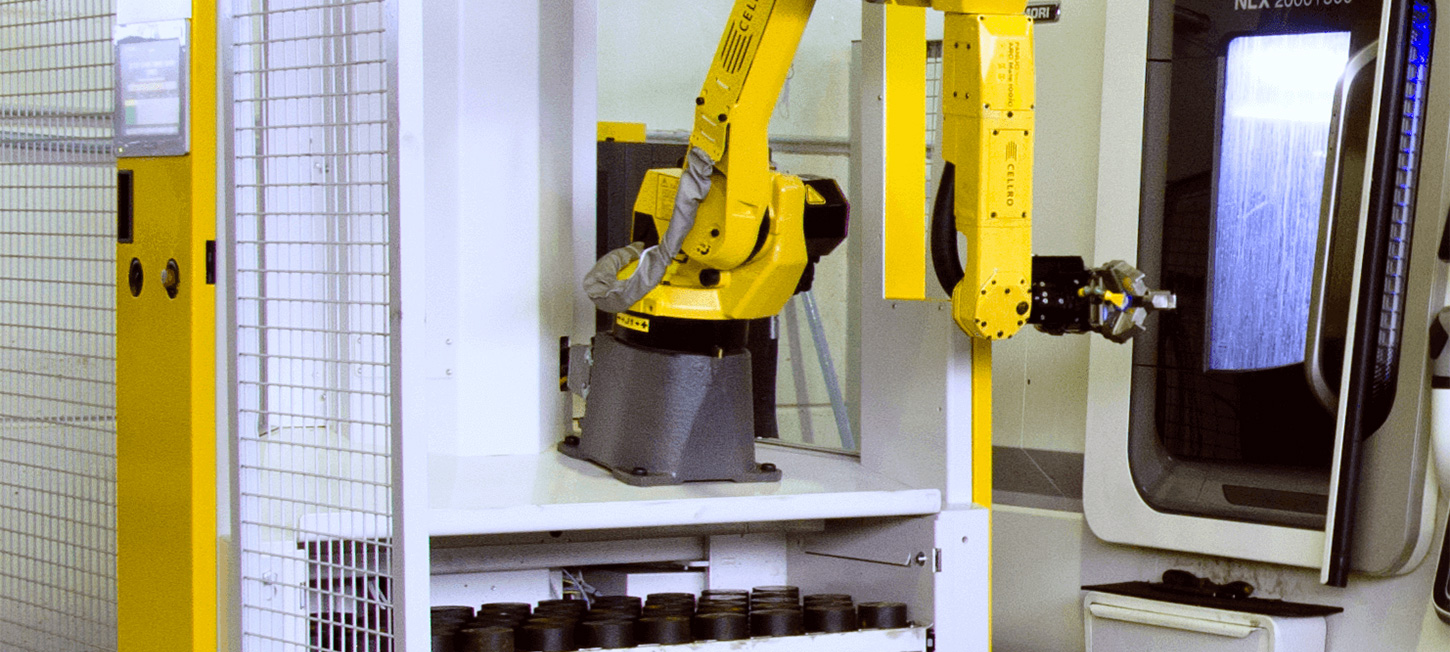Table of Content
One possible solution for a taxpayor in this situation would be to complete the exchange using all equity from the relinquished property’s disposition. After completing the exchange, and after a reasonable period of time, it may be possible to do a cash-out re-finance and take the desired proceeds to pay off the other property. The amount of time necessary to wait before the refinance is entirely up to the discretion of the taxpayor and their tax counsel.
This includes vacant lots, apartment buildings, commercial properties, and even single-family residences you rent out to tenants. A property you use solely for personal use, such as your primary residence, does not qualify. By swapping your current investment property for another in a 1031 exchange, you can leverage one of the best tax advantages for real estate investors. Of course, such a powerful tool comes with a number of rules to abide by, so first you'll want to start with this overview of how 1031 exchanges work . In a 1031 exchange, vacation home sellers must purchase a new asset “in exchange” for their old property.
FAQs About 1031 Exchanges
As long as the closing on the replacement property is after the closing of the relinquished property , the exchange works and is considered a delayed exchange. From the time of closing on the relinquished property, the investor has 45 days to nominate potential replacement properties and a total of 180 days from closing to acquire the replacement property. If we find the asset being relinquished does qualify for a 1031 Exchange, the next question is what the replacement property will be. As discussed previously, section 1031 applies to both “real property” and “personal property.” The primary difference between a personal property exchange and a real property exchange is the definition of like-kind. Any property held for productive use in a trade or business or for investment can be exchanged for like-kind property.

Related Parties include siblings, spouse, ancestors, lineal descendants, a corporation 50% owned either directly or indirectly or two corporations that are members of the same controlled group. Please contact Equity Advantage today for exchange consultation and a price quote. The cost of an exchange varies depending on the circumstance and the type of exchange.
You Can Do a 1031 Exchange on a Primary Residence—Here's How
You cannot use the home personally for more than 14 days or 10 percent of the number of days that it is rented out at fair market value, whichever is greater. It is possible to cancel an exchange but the cost and timeframe in which you can terminate a deal varies from facilitator to facilitator. The issue with exchange termination is the constructive receipt concept.
Exchanges of corporate stock or partnership interests never did qualify—and still don’t—but interests as a tenant in common in real estate still do. In general, if you swap one building for another building, you can avoid this recapture. However, if you exchange improved land with a building for unimproved land without a building, then the depreciation that you’ve previously claimed on the building will be recaptured as ordinary income. Both properties must be located in the United States to qualify for a 1031 exchange. I hope this four part series on the ins-and-outs of the 1031 Exchange world is helpful and informative.
Exchange Tax Implications: Cash and Debt
Then there are two Qualified Use Periods to satisfy here, i.e. for the relinquished and replacement properties. You’ll be searching for suitable vacation property but initially your intent is holding it as an investment. Likewise, family members paying you fair market rental rates for the home as their primary residence doesn’t qualify as personal use. This tax hit can be substantial so it’s important to get into a 1031 exchange carefully to ensure every step is completed correctly and on time.
However, missteps can often be unforgiving, risking exchange failures altogether. Before the law was changed in 2004, investors had been readily combining a 1031 exchange on second homes with 121 exclusions. Excessively so some felt, deferring gains on 1031 Exchanges then promptly following up with unlimited 121 exclusions. Again, outside safe harbor’s two years, there’s no prescribed waiting period before occupying your home.
They are not tax efficient and an investor should consult with his/her tax advisor prior to investing. The value of the investment may fall as well as rise and investors may get back less than they invested. With that in mind, you’ll want to carefully choreograph your property sales to make sure they all fall within the required period.
This strategy can virtually eliminate a taxpayor’s tax liability and therefore is a tremendous end game for investors. The IRS realizes that a person’s circumstances may change; therefore, a property may change in character over time. For this reason, it is possible for an investment property to eventually become a primary residence. If a property has been acquired through a 1031 Exchange and is later converted into a primary residence, it is necessary to hold the property for no less than five years or the sale will be fully taxable. The investor exchanges from one investment property to another, completing the 1031 exchange. Sometimes later, the investor changes her intent about the property.
It specifically addresses the lack of oversight and guidance regarding 1031 Exchanges of vacation property and second homes. This publication is designed to provide accurate information on tax-deferred exchanges. The publisher is not engaged in rendering legal or accounting services.

In order for it to qualify for an exchange, you must have held the property for investment purposes. There is a common misconception amongst Exchangors on how much money needs to be re-invested when participating in an exchange. In order to be fully tax deferred, you must re-invest in a property that is equal to or greater than the sales price of the property you are relinquishing. If you are selling a rental house for $500,000 with $200,000 in equity, you must purchase a new property with a price of at least $500,000 and equity of at least $200,000.
For example, you stop using your beach house, rent it out for six months or a year, and then exchange it for another property. If you get a tenant and conduct yourself in a businesslike way, then you’ve probably converted the house to an investment property, which should make your 1031 exchange all right. In effect, you can change the form of your investment without cashing out or recognizing a capital gain. You can roll over the gain from one piece of investment real estate to another and another and another. Although you may have a profit on each swap, you avoid paying tax until you sell for cash many years later. If it works out as planned, you’ll pay only one tax at a long-term capital gains rate (currently 15% or 20%, depending on income—and 0% for some lower-income taxpayers, as of 2022).


No comments:
Post a Comment